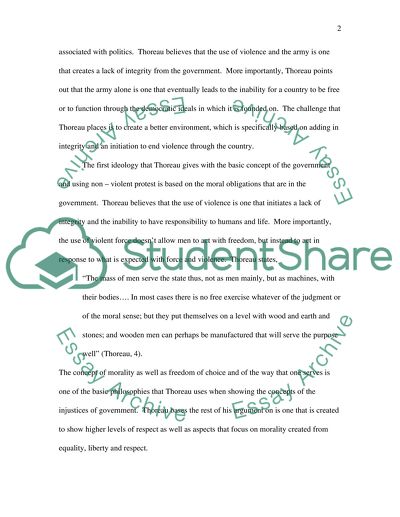Cite this document
(The Philosophy of Nonviolent Protest Term Paper, n.d.)
The Philosophy of Nonviolent Protest Term Paper. Retrieved from https://studentshare.org/politics/1567331-the-philosophy-of-nonviolent-protest
The Philosophy of Nonviolent Protest Term Paper. Retrieved from https://studentshare.org/politics/1567331-the-philosophy-of-nonviolent-protest
(The Philosophy of Nonviolent Protest Term Paper)
The Philosophy of Nonviolent Protest Term Paper. https://studentshare.org/politics/1567331-the-philosophy-of-nonviolent-protest.
The Philosophy of Nonviolent Protest Term Paper. https://studentshare.org/politics/1567331-the-philosophy-of-nonviolent-protest.
“The Philosophy of Nonviolent Protest Term Paper”. https://studentshare.org/politics/1567331-the-philosophy-of-nonviolent-protest.


